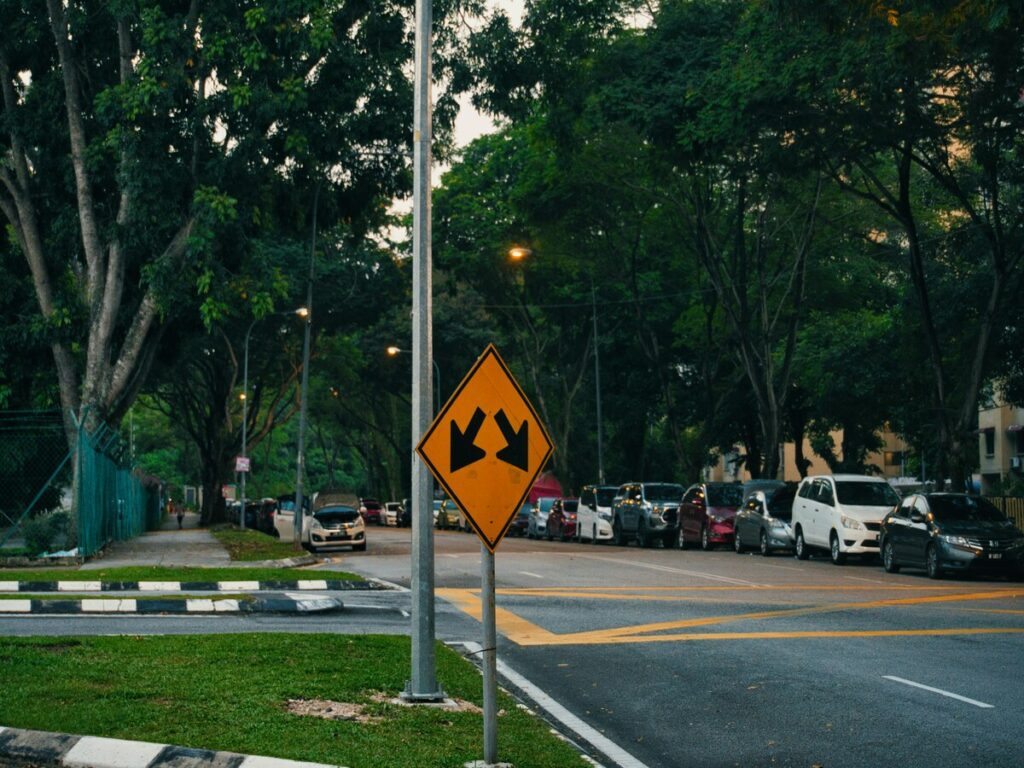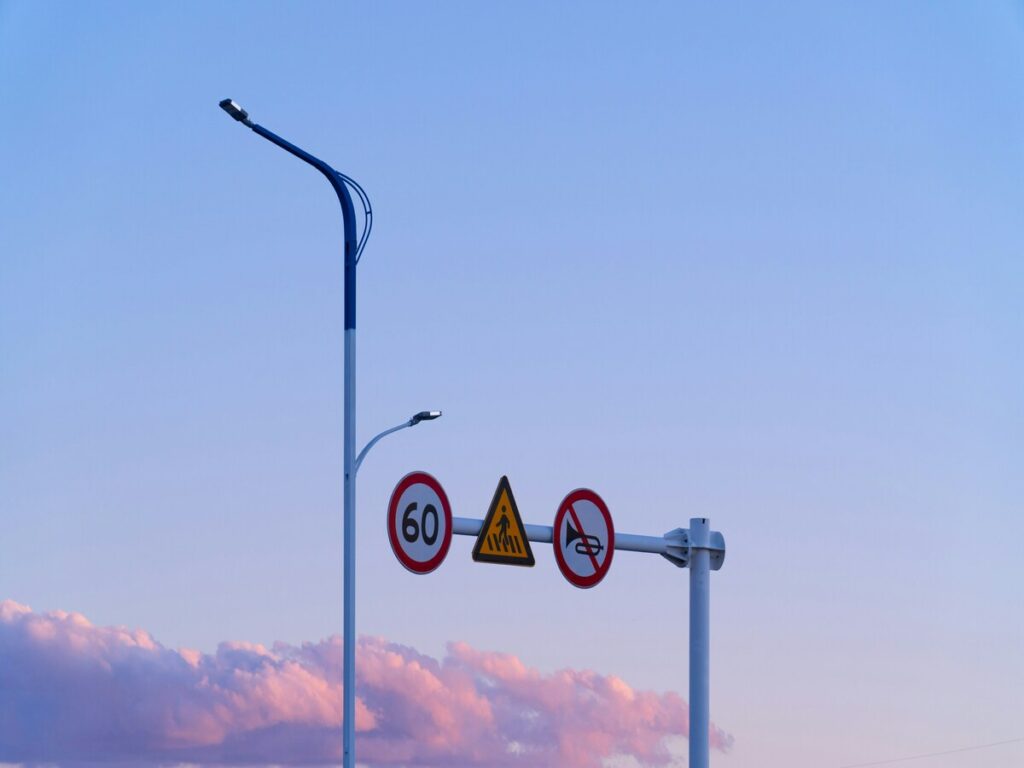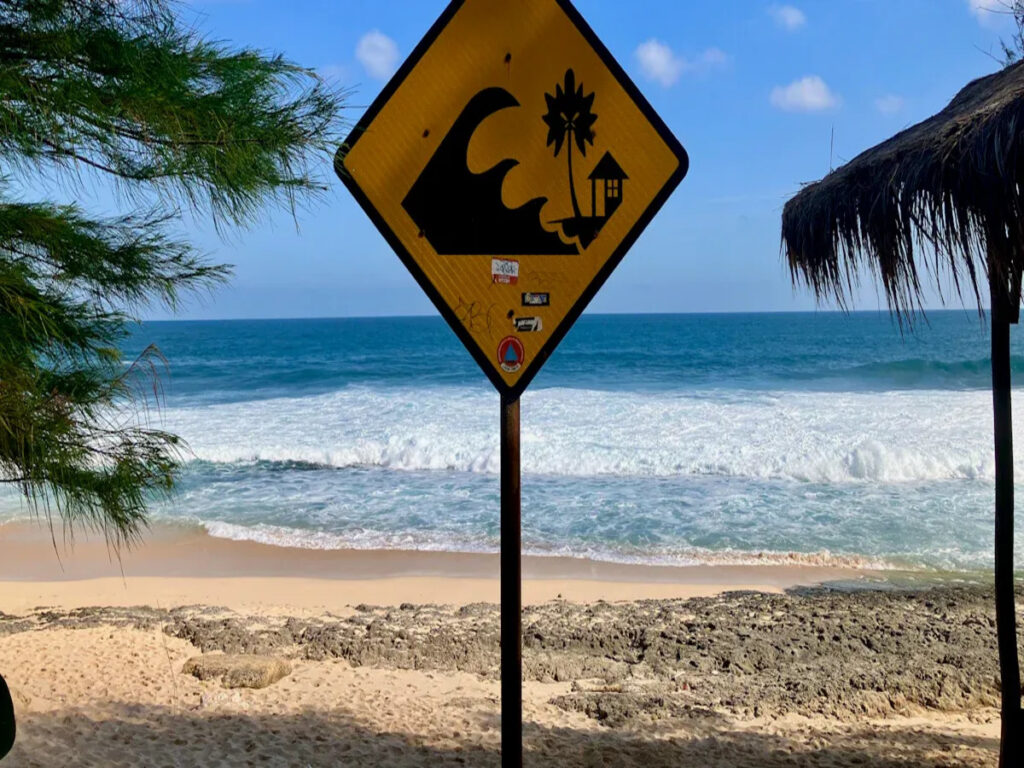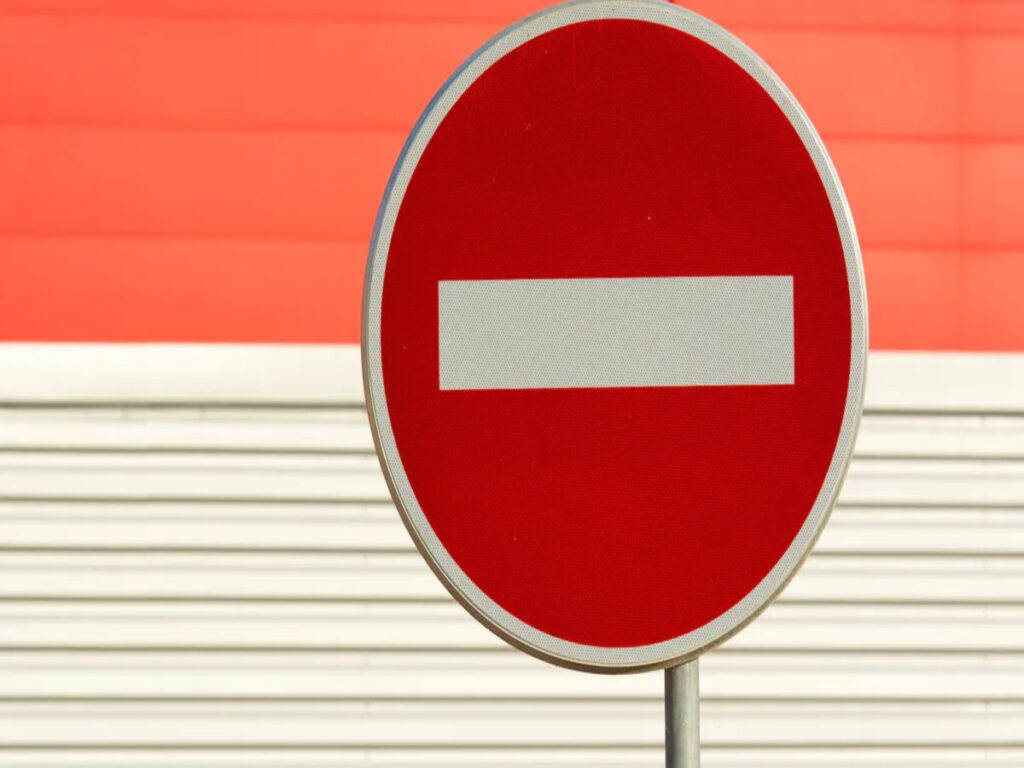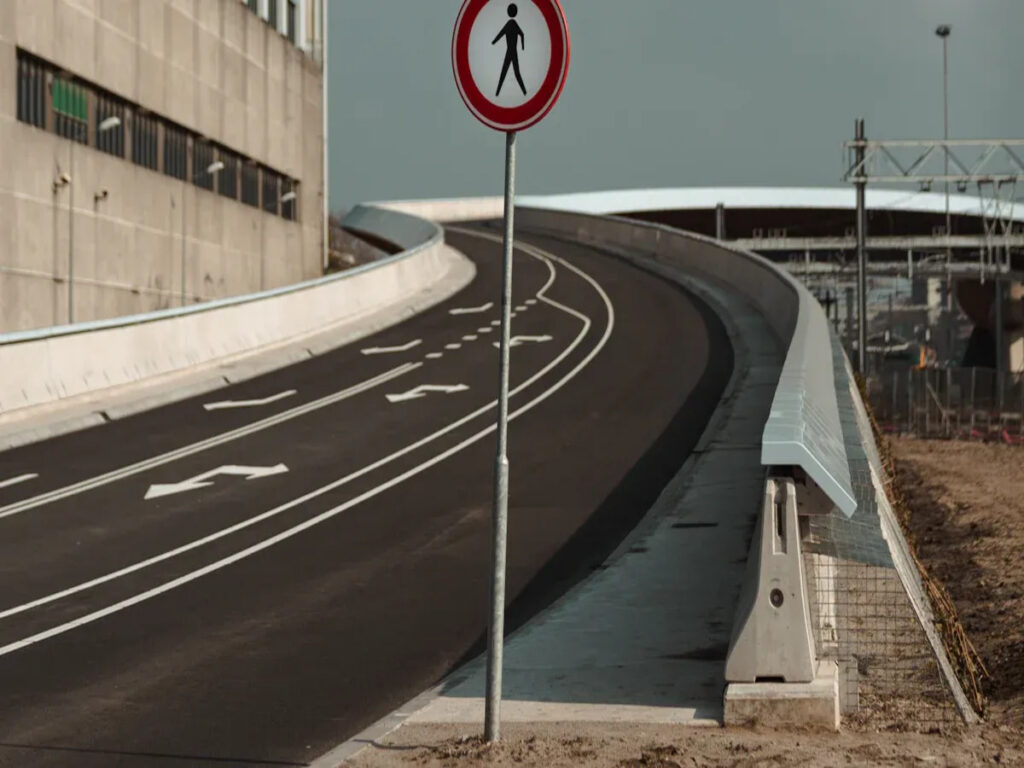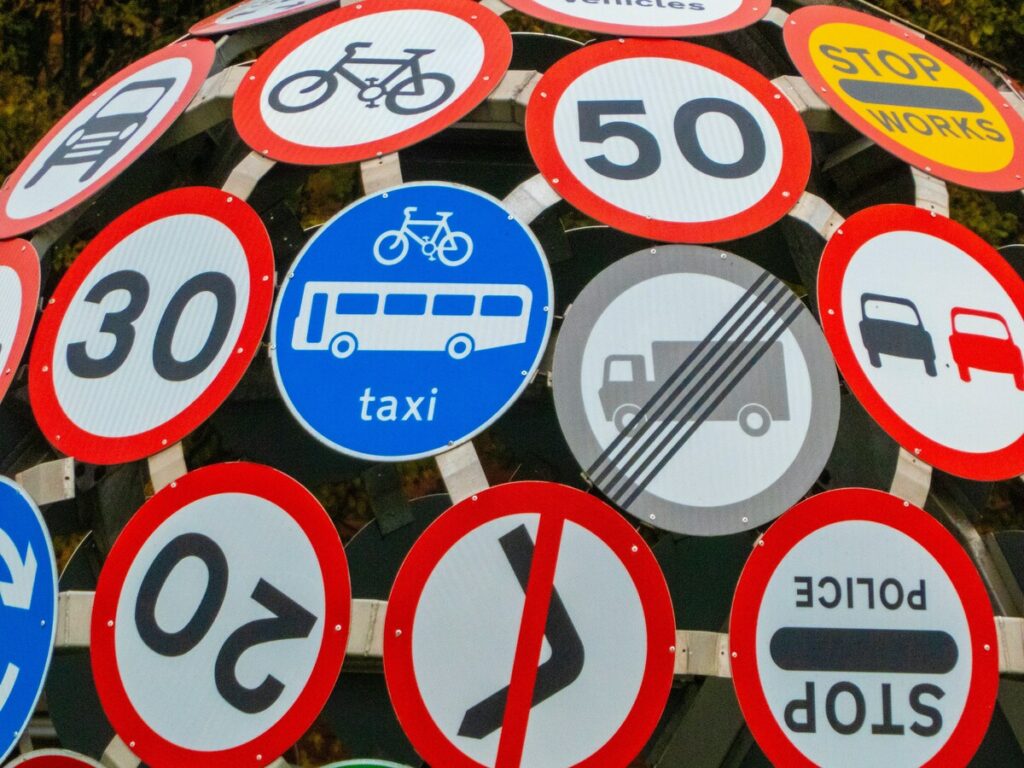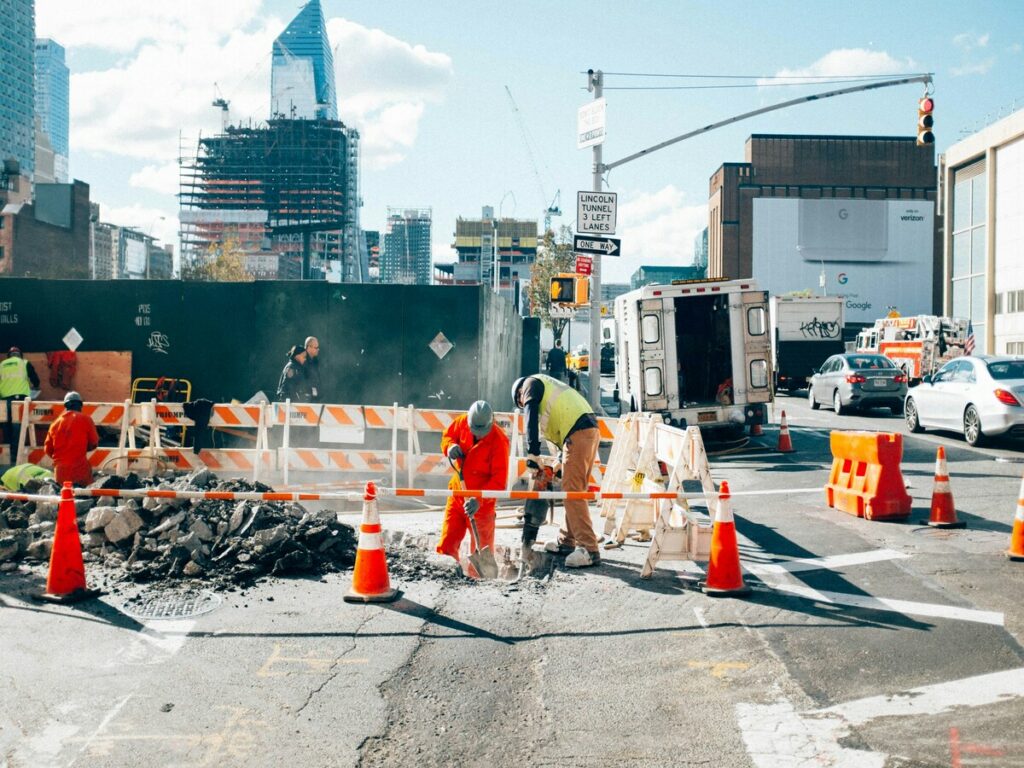
A safety bollard post serves as a temporary barrier in both construction sites and busy city streets. These posts protect workers and pedestrians from hazards. Project teams often face a challenge when they try to meet OSHA 1926 standards while also following city permit rules. Confusion can grow when rules for placement or design do not match. Teams must understand both sets of regulations to manage risks and plan projects well.
OPTRAFFIC offers traffic bollards for sale that meet OSHA standards and city permit requirements, ensuring your site remains compliant and safe. With expert guidance on placement and design, OPTRAFFIC helps you navigate both regulatory frameworks, minimizing risks and keeping your projects on track.
Key Takeaways
- Safety bollard posts must be strong, visible, and placed correctly to protect workers and the public from hazards.
- Construction teams should understand both OSHA 1926 rules and local city permit requirements to avoid conflicts and delays.
- Early communication and coordination with city officials and safety experts help prevent costly mistakes and speed up approvals.
- Regular training, clear documentation, and ongoing inspections keep safety bollards effective and compliant with changing rules.
- Careful planning and teamwork allow projects to meet safety and urban standards, ensuring safer and smoother construction sites.
OSHA 1926 and Safety Bollard Post Rules
Key OSHA Requirements
OSHA 1926 sets the standard for safety in construction zones. These rules help protect workers and the public from hazards. When a project uses a safety bollard post, OSHA expects it to serve as a strong barrier. The post must prevent vehicles or equipment from entering restricted areas. OSHA also requires clear marking and visibility. Workers must see the safety bollard post easily, even in low light or bad weather.
Key requirements include:
- The safety bollard post must be sturdy and stable.
- Placement should block access to dangerous zones.
- Posts must have reflective tape or bright colors for visibility.
- The design should not create new hazards, such as tripping risks.
Note: OSHA does not specify exact materials or colors for every safety bollard post. Instead, it focuses on function and effectiveness.
Common Compliance Issues
Many construction teams face challenges when following OSHA 1926. Sometimes, they use a safety bollard post that does not meet the strength or visibility standards. In other cases, posts are placed too far apart, which allows vehicles to pass through. Teams may also forget to check posts after installation. Damaged or moved posts can fail to protect workers.
Common issues include:
- Using lightweight posts that tip over easily.
- Failing to add reflective tape or bright paint.
- Placing posts in a way that leaves gaps.
- Not inspecting posts regularly for damage.
A safety bollard post must always meet OSHA’s intent: to keep people safe. Teams should review OSHA 1926 before every project and train workers on proper use.
Urban Permit Standards for Bollard Posts
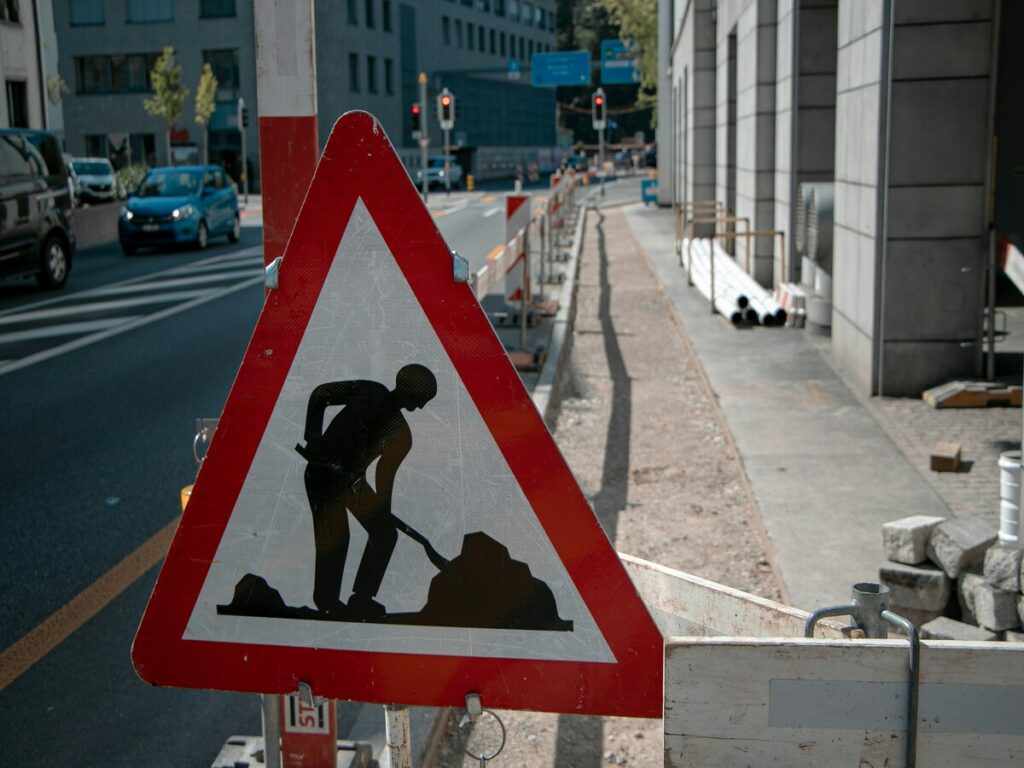
Permit Approval Process
Cities use a structured process to approve the installation of bollard posts. Project teams must first research local zoning rules, building codes, and any easements that could affect the site. They then submit a permit application with detailed plans, including the exact location and specifications for each safety bollard post. Local authorities review these documents to check for compliance with all regulations and codes. Sometimes, teams need extra permissions from groups like historic preservation boards or easement holders.
After approval, teams install the bollards according to the permit’s requirements. Inspectors visit the site during and after installation to verify that the work meets city standards. Ongoing inspections help ensure that the bollards remain safe, accessible, and in good condition. Cities often require that bollards meet accessibility standards, such as those set by the Americans with Disabilities Act (ADA). This process helps protect both public safety and city infrastructure.
Tip: Early communication with city officials can speed up the approval process and prevent costly mistakes.
Urban Compliance Challenges
Urban environments present unique challenges for bollard compliance. Cities often update their rules to address new safety concerns or technology, which can make it hard for teams to keep up. High upfront costs for advanced or smart bollards can limit their use, especially in projects with tight budgets. Different cities and countries have their own standards, so manufacturers and contractors must adapt to each location.
- Urban areas with advanced bollard systems have seen a 30% drop in pedestrian accidents, showing the value of these posts but also highlighting the need for strict compliance.
- Rapid changes in city infrastructure and the rise of smart city projects can cause delays, as regulations may not cover new technologies right away.
- Environmental and safety rules can change quickly after accidents, forcing teams to adjust their plans on short notice.
- Inconsistent standards and high installation costs can slow down projects and make long-term planning difficult.
Teams must stay informed about local rules and plan for possible changes. Regular training and clear documentation help ensure that every safety bollard post meets both city and safety standards.
Compliance Gaps and Conflicts
Overlapping and Diverging Rules
Construction teams often face confusion when they try to follow both OSHA 1926 and city permit requirements. These rules sometimes overlap, but they can also pull projects in different directions. OSHA focuses on worker safety and clear barriers. City permits often add rules about how things look, how people move, and how the public uses the space.
Some common areas where rules overlap or diverge include:
- Type of Bollard: OSHA allows many types of barriers as long as they protect workers. Cities may require a specific style or material to match the area’s look.
- Placement: OSHA wants barriers close to hazards. Cities may ask for more space for pedestrians or emergency vehicles.
- Design and Color: OSHA asks for high visibility, often using bright colors or reflective tape. Cities may want neutral colors or designs that blend in with the surroundings.
- Accessibility: City permits often require bollards to meet ADA standards, which may not always match OSHA’s focus on hazard prevention.
Note: These differences can slow down projects and create extra costs if teams need to change plans after work has started.
Real-World Conflict Scenarios
Many projects have faced problems because of these conflicting rules. The San Francisco PedSafe Phase II project is one example. The team needed to install custom safety bollard posts with flashing beacons. They had to work with several city departments and vendors because no standard device existed. The project ran into delays while waiting for special equipment and control boxes. Workers had to cut across Mission Street to connect the bollards and controllers, which required extra permits and notifications to utility agencies.
After installation, the team found problems with wiring and vandalism. Flashing beacons sometimes failed because of bad connections. Graffiti on sensors made the system less reliable. Maintenance crews had to check the bollards often and fix damage from weather and vandalism. Other cities have seen similar problems, especially when rules about design or placement do not match between OSHA and local codes.
- The need for custom wiring and system integration showed how hard it can be to meet both safety and city rules.
- Maintenance teams faced extra work because of non-standard designs and frequent repairs.
- Delays and extra costs happened when teams had to adjust plans to fit both sets of rules.
Teams can avoid many of these problems by planning early and talking with both safety and city officials before starting work.
Bridging the Compliance Void
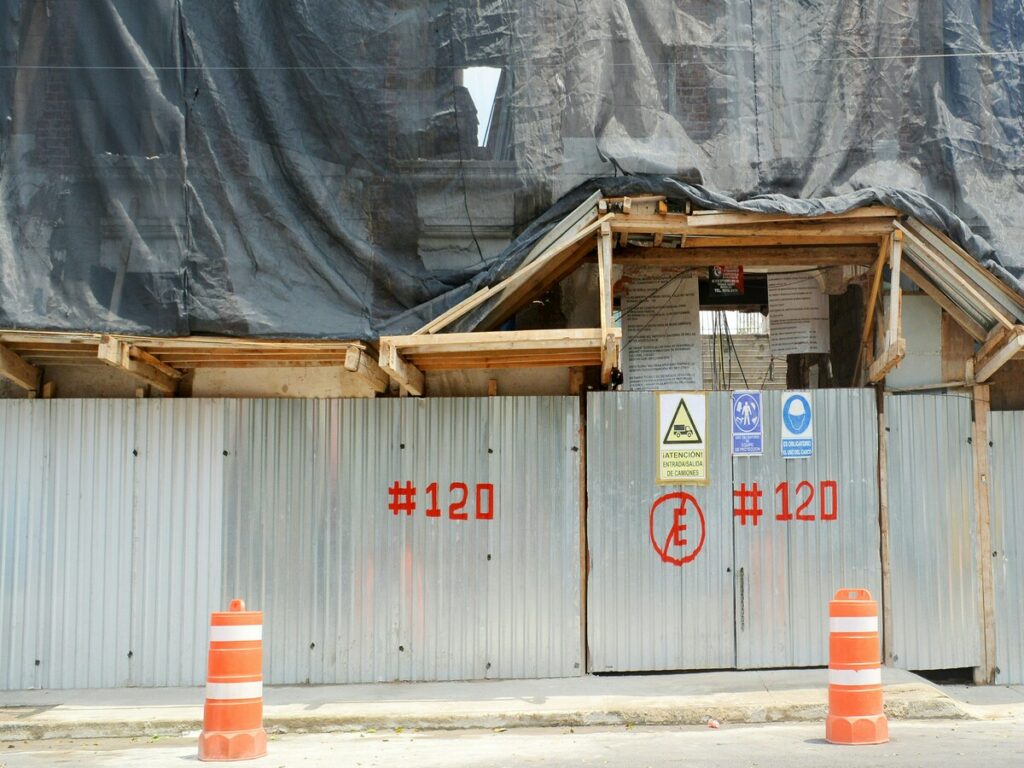
Best Practices for Dual Compliance
Construction teams can achieve dual compliance by following proven strategies that address both OSHA 1926 and urban permit requirements. Early coordination with city officials and safety experts stands out as a key step. Teams that engage stakeholders from the start can identify potential conflicts before work begins. This approach helps align safety standards with city expectations and reduces the risk of costly changes later.
Successful projects around the world show the value of integrating compliance efforts:
- London installed crash-rated bollards to protect pedestrian zones while keeping traffic moving smoothly.
- New York City’s Times Square used crash-rated bollards that blend with the urban landscape, improving both safety and aesthetics.
- A national retail organization placed over 30,000 safety bollards at more than 1,000 sites, using advanced scanning to avoid utility damage and coordinating multiple contractors for safe installation.
- Milan introduced smart bollards with IoT sensors for real-time monitoring, boosting security and managing traffic in historic areas.
These examples highlight the importance of careful planning, technology use, and collaboration with local authorities. Teams should also document every step, from initial design to final inspection. Clear records help prove compliance and make it easier to address questions from regulators.
Tip: Regular training keeps teams up to date on changing rules and new technologies. Ongoing education builds a culture of compliance and safety.
Proactive Planning and Communication
Proactive planning reduces compliance conflicts and keeps projects on track. Teams should use tools like work breakdown structures and risk registers to spot risks early. Scenario planning prepares everyone for unexpected changes, such as new city rules or safety concerns. Continuous monitoring and auditing help catch problems before they grow.
A table below shows how early coordination with city officials can prevent compliance gaps:
| Coordination Aspect | Summary | Impact on Compliance Gaps |
|---|---|---|
| Multi-level coordination | Federal, zonal, and local officials work together to share information. | Prevents duplication, improves resource allocation. |
| Clear roles and responsibilities | Defined roles for each group reduce confusion. | Reduces gaps and speeds up response to issues. |
| Formal coordination forums | Regular meetings and clear mandates keep everyone aligned. | Improves efficiency and reduces fragmentation. |
Teams that build strong relationships with city officials and regulatory bodies stay informed about new requirements. Collaboration with nearby jurisdictions can also help, especially for projects that cross city boundaries.
Documented policies and standard operating procedures give teams clear guidance. Regular updates ensure these documents reflect the latest rules. Training sessions and workshops help team members understand their roles and responsibilities.
- Comprehensive planning and budgeting identify risks and allocate resources.
- Technology, such as AI and data analytics, detects compliance issues early.
- Supplier risk management checks compliance across the supply chain.
- Ethical leadership and a strong compliance culture support long-term success.
A safety bollard post project benefits from these best practices. Teams that plan ahead, communicate clearly, and document their work can bridge the compliance void and deliver safer, more efficient projects.
Temporary bollard compliance presents real challenges for construction teams and city officials. OSHA 1926 and urban permits often set different rules. Research from the CDC and the American Planning Association shows that safety and urban planning must work together to protect public health. Teams should coordinate early, document every step, and train staff on changing rules. City officials can help by updating permit processes and encouraging collaboration. These steps reduce conflicts and keep projects safe and efficient.
However, bollards are just one part of the equation when it comes to traffic safety. Equally important are the OSHA regulations for traffic cones, which play a vital role in maintaining a safe work zone. To ensure you’re fully compliant across all aspects of traffic management, check out our Complete Guide to OSHA Traffic Cone Regulations and Compliance. This guide dives deep into the rules surrounding traffic cones, helping you protect workers and pedestrians effectively while meeting all necessary regulations.
FAQ
What is the main purpose of a safety bollard post?
A safety bollard post protects people and property from vehicles or equipment. It marks off dangerous areas and guides traffic. Teams use these posts to keep workers and the public safe in busy zones.
Do OSHA and city permits require different bollard designs?
Yes. OSHA focuses on safety and visibility. City permits may require specific colors, materials, or styles to match the area. Teams must check both sets of rules before choosing a design.
How can teams avoid compliance conflicts?
Teams should coordinate early with city officials and safety experts. They should review all regulations before starting work. Regular training and clear documentation help prevent mistakes.
What happens if a project fails to meet both OSHA and city requirements?
Inspectors may stop the project. Teams might face fines or need to redo work. Delays can increase costs and risk. Meeting both sets of rules keeps projects safe and on schedule.

